From mizzle to drizzle and dreich to dibble: 17 fascinating British words for wet weather
Mizzle, drizzle, dreich and dibble are just some of the many ways we describe rain. Antony Woodward considers our obsession with precipitation in this green and pleasant land.

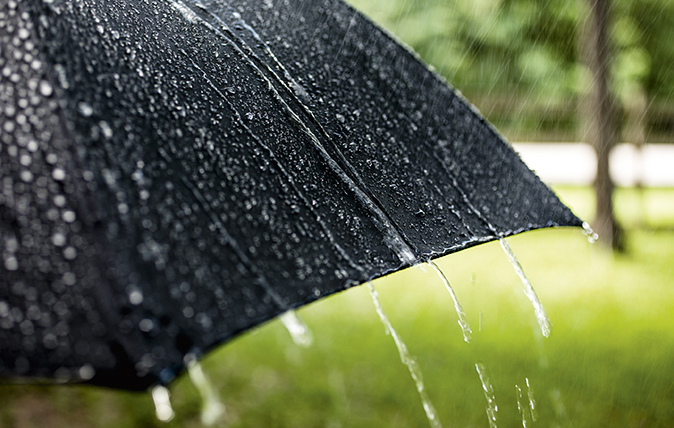
Blunks
Unpredictable seasonal showers (Welsh Marches/Shropshire)
Fiss
Drizzle (Scotland)
Clarty
As in ‘a clarty day’, a really wet day (Lake District)
Drookit
Drenched (Scotland)
Haster
Thunderstorm (Kent)
Letty weather
Enough rain to make outdoor work difficult. From ‘let’ as in ‘let and hindrance’ (West Country)
Dibble
Slow rain in drops (Shropshire)
Exquisite houses, the beauty of Nature, and how to get the most from your life, straight to your inbox.
Dreich
A day gloomy with rain (Gaelic)
Smirr
Fine, misty rain, immortalised by Scottish poet George Campbell Hay (Scotland). South of the border, ‘smur’
Dimpsey
Low cloud and fine rain (Dartmoor)
Bange
Hovering dampness that may last days (Cambridge/East Anglia)
Fox’s wedding
Sudden drops from a clear sky (Gloucestershire, Dorset, Devon)
Plothering
Heavy rain (Midlands and North-East)
Raining forks’tiyundown’ards
Raining hard (Lincolnshire)
Mae hi’n brwr hen wragedd affyn
Raining old women and sticks (Wales)
Cow-quaker
Sudden May rainstorm after cattle have been put out to grass from winter quarters (Midlands)
Mizzle
Drizzle (North-East)
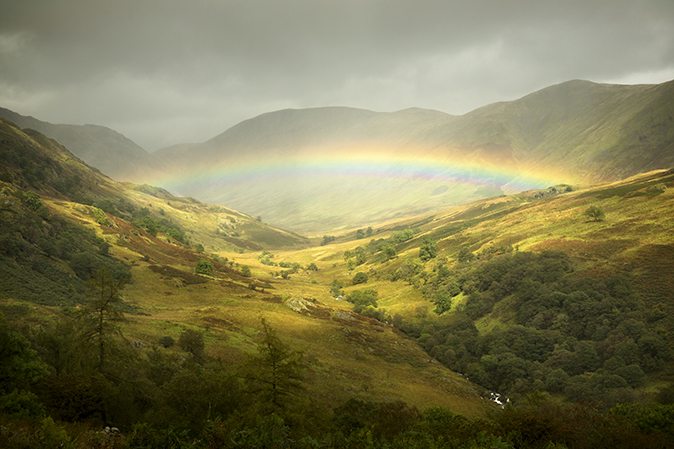
One of my earliest memories is driving, aged five, through a ‘cloudburst’ (my mother’s electrifying word) in her old Rover three-litre. The sky turned black, there was a whump and biblical, comical amounts of water were pounding and sluicing us. Drips seeped scarily from the quarter-light window seals. As I shrank into the leather, I remember thinking: ‘This is the most exciting thing that’s ever happened to me.’
For years afterwards, I thought ‘cloudburst’ was a technical term for a catastrophic lesion of the atmosphere. I remain nervous about car washes.
Thunderstorms are, of course, rain at its most histrionic, but the statistics are impressive. Over the Dorset village of Martinstown in July 1955, almost 1ft of rain fell in 24 hours. A cumulonimbus stormcloud can reach 50,000ft, making it the tallest natural feature on Earth. Thunderclaps at close range can exceed 120 decibels, 10 times louder than a pneumatic drill.
Not that other kinds of rain lack sensory appeal, but it’s more subtly done. Every gardener knows, for example, how the humid air during and after summer showers wildly amplifies plant fragrances. If the weather has been dry, this is supplemented by a pleasant, earthy aroma that many regard as the scent of rain itself – it even has a name, petrichor, coined by two Australian scientists in 1964. Actually, it arises from plant oils and spores of soil bacteria released by the falling drops.
Throughout our lives, rainbows inspire enough wonder to be always worth pointing out. Showery conditions also bring those theatrical light changes that every outdoorsman prizes, with the shifting clouds that send down R. S. Thomas’s ‘bright beams’ that ‘break through to illuminate a small field’.

Even drizzle has its devotees. For D. H. Lawrence, it was sexiness itself, ‘like a veil… mysterious, hushed, not cold,’ wetting Lady Chatterley’s rush through the spring woods to meet Mellors for that most famous of trysts in the rain – although, admittedly, he upped the tempo for the actual encounter (‘The rain streamed on them till they smoked’).
However, what of relentless, set-in rain? (‘Then some set-in rain to chase these showers away,’ as one Scottish forecaster liked to put it.) No one has captured the unremitting feel of this kind of rain better than Graham Swift in Waterland: ‘Outside it has begun to rain… Not heavily, not torrentially, but with a steadiness, a determination that Fenlanders have come to know cannot be ignored. All over the country of the Ouse and the Leem that morning they are watching water levels, fuelling auxiliary pumps, tending sluices and floodgates… And the rain increases.’
If there is archetypal wet weather, this is it: the indispensable rain that refills the reservoirs, restores the aquifers and water tables, replenishes the lakes, tarns, lochs and llyns and drives the hydro schemes. ‘I stood for a few minutes, lost in the beauty of it,’ wrote John Hull in his account of blindness, Touching the Rock.
Describing how rain makes a different sound on every surface – pattering on the roof, splashing from a drainpipe, barely audible on a leafy shrub, drumming on the lawn and so on – Prof Hull explains how these sounds reveal a scene to him the way opening the curtains does for a person with sight. ‘I feel as if the world… has suddenly disclosed itself to me. I am no longer isolated.’
Some facts. In central England, on average, there’s precipitation of some kind on about 40% of the days of the year. It rains more in winter, but harder in summer. The wettest day of the year is usually in summer (July 10, if you’re planning a wedding).
Our prevailing south-westerly wind arrives over the Atlantic, where it’s collected moisture all the way. The first high ground it encounters forces it upwards, it cools, the moisture condenses, rain falls. Accordingly, the western hills of Scotland, Wales and the Lake District are our most hydrated areas. The wettest place in England is Seathwaite in the Lake District, enjoying a little over 11ft per annum, almost five times as much as London. The driest place is on the east coast: St Osyth, near Clacton-on-Sea in Essex.
Although several different air masses jockey constantly for position above us, our default air is always cool, damp and from the south-west. The platoons of waiting lows frequently queue back across the Atlantic.
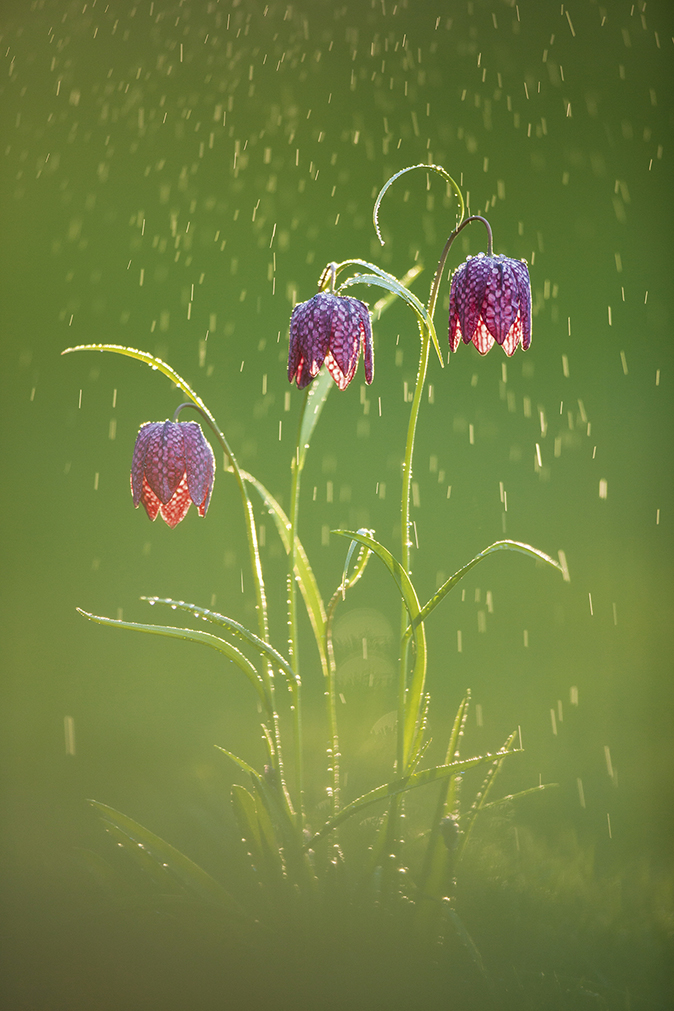
As drenchings are inevitable, it makes sense to enjoy them. ‘In its way it was invigorating and even entertaining,’ noted Lakeland writer A. Harry Griffin of a 1960 sousing, ‘for once you are wet through to the skin – this took about half a minute – there is no real discomfort.’ Mr Griffin’s approach is reflected in books of routes up Lake District crags, whose cheerful designations include ‘an ideal wet-weather climb’.
For those still to acquire this taste, the main pleasure of being wet and cold lies ahead: pulling off squelching boots and clothes, wringing out socks, then, via mugs of tea or chocolate, beginning that fireside transmogrification that will include a hot bath, a clean towel and dry clothes. That sensation, a transcendental Nirvana of inner warmth, can only be reached after a proper soaking.
It’s a feeling, incidentally, that has, in recent years, been adeptly marketed in the form of bestselling books on firewood and the Scandinavian Hygge movement. My mother called it ‘granny-bugging’. Our rain makes us who we are. It’s why our land is green and pleasant. It’s why the overwhelming sensation on returning to Britain from abroad is one of greenness. It grows the best grass in the world – grass that gave us the wool industry, by which we established ourselves as a great trading nation, underwrote the Industrial Revolution and built the largest empire in modern history (not to mention those monasteries, church towers and market halls).
It gives us turf so fine we had to invent uses for it – football (about 1100), bowls (1200s), cricket (1300), golf (1400s), rugby (1823), croquet (1830s), hockey (1849) and lawn tennis (1874). Wet weather flourishes have included the sliding tackle and the sticky wicket.
Our rain fosters stoicism, resilience, dry humour and, at its wettest, creativity. Washed-out summer holidays on the Llyn Peninsular prompted A. A. Milne to write When We Were Very Young and, 48 years later, Colin Dexter to create Inspector Morse. Without our rain, what on earth would we talk about? And how would we appreciate a fine day?
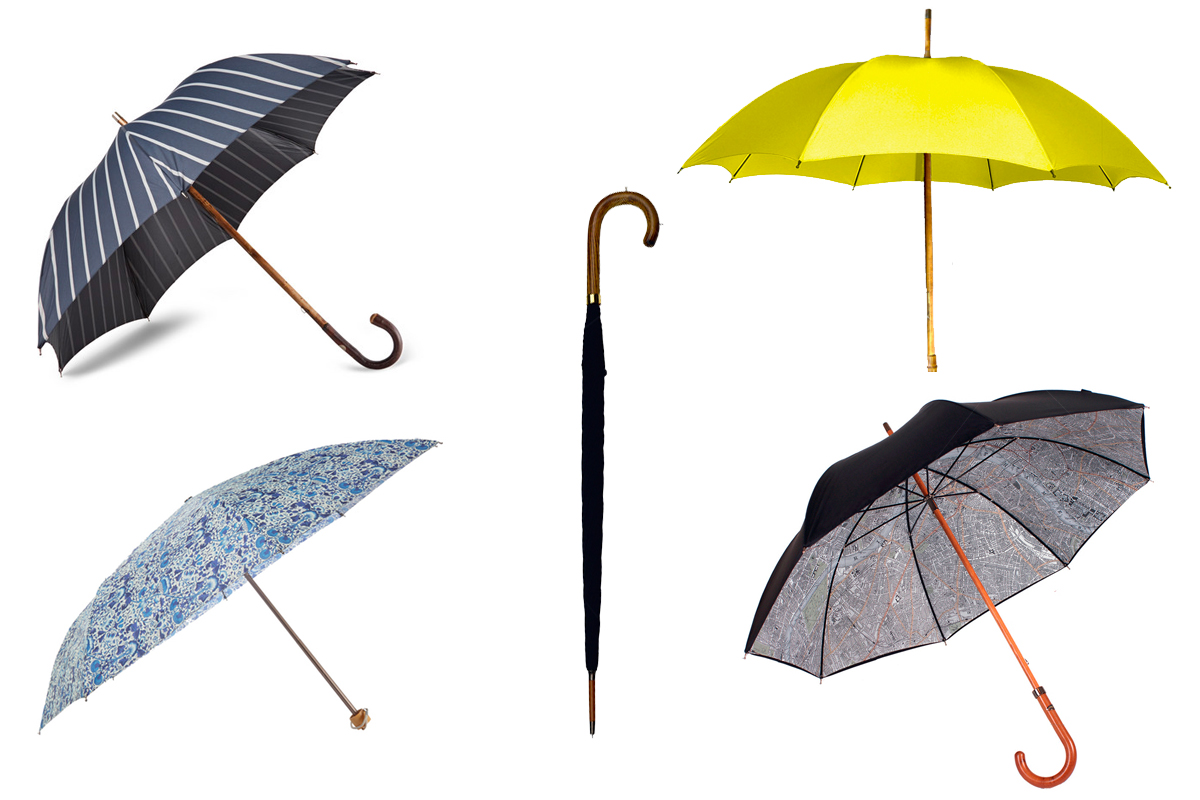
Best umbrellas: Top 10 brollies for rainy days in Britain
Survive the next shower in style with one of our pick of the best umbrellas in Britain.
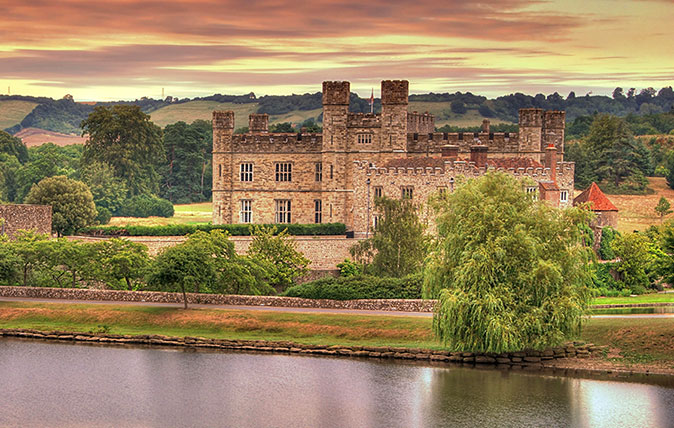
Credit: Sunrise (Alamy)
Wonderful one-off gifts to hosts for those invitations that you can never repay
Say thank you in style.
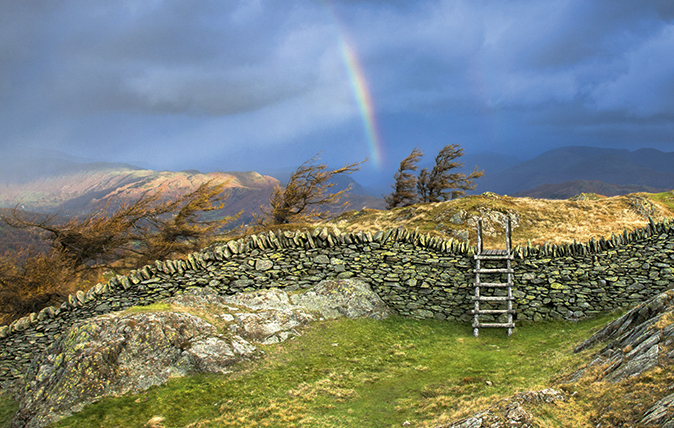
Country crossings: a stile guide
Steven Desmond climbs back through history to uncover the origins of the stile and understand why these charming country crossings
Country Life is unlike any other magazine: the only glossy weekly on the newsstand and the only magazine that has been guest-edited by His Majesty The King not once, but twice. It is a celebration of modern rural life and all its diverse joys and pleasures — that was first published in Queen Victoria's Diamond Jubilee year. Our eclectic mixture of witty and informative content — from the most up-to-date property news and commentary and a coveted glimpse inside some of the UK's best houses and gardens, to gardening, the arts and interior design, written by experts in their field — still cannot be found in print or online, anywhere else.
